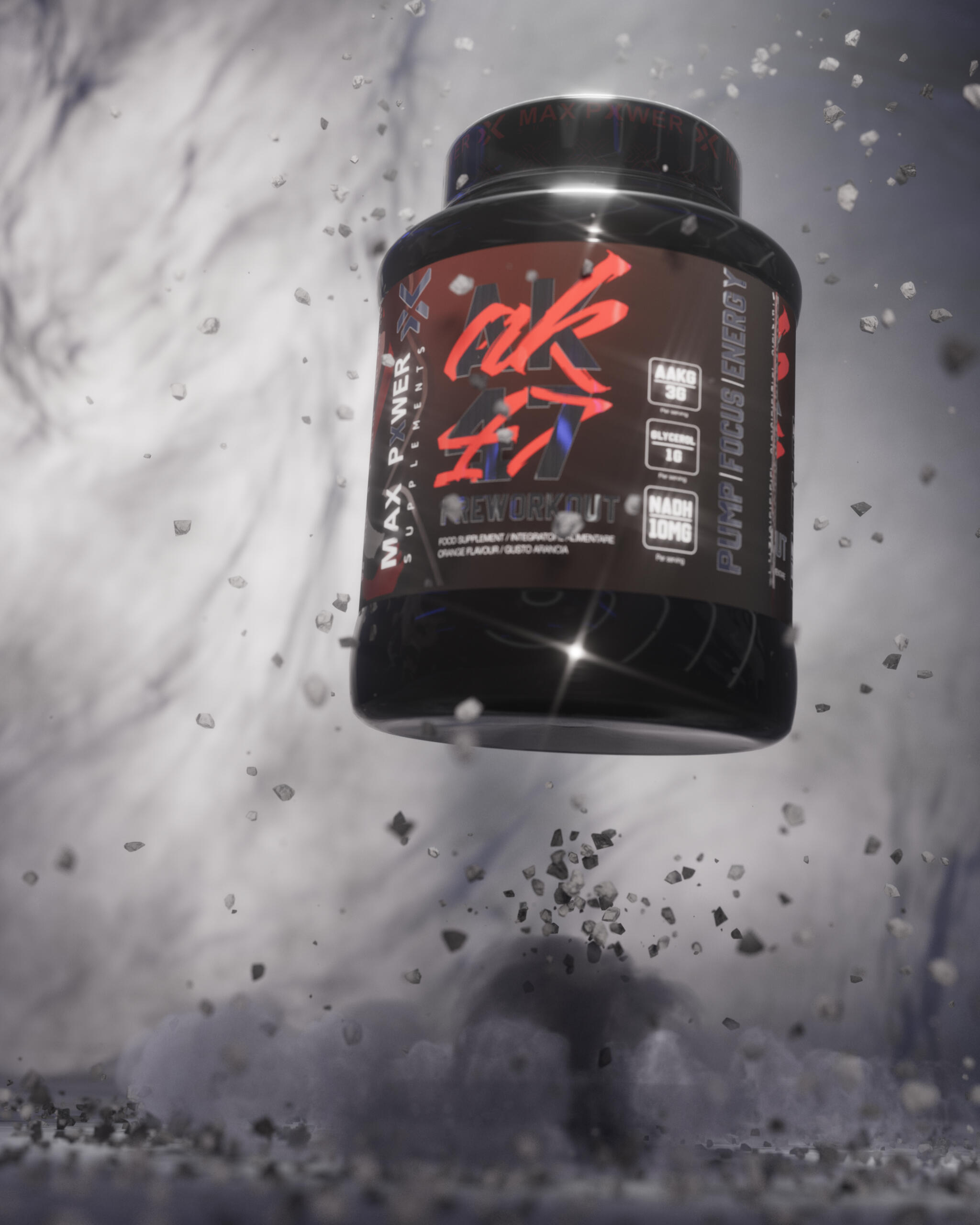How does Rust Work?
페이지 정보
작성자 Kathie 작성일25-09-04 05:33 조회3회 댓글0건관련링크
본문

The merest mention of the word sword evokes images of legendary figures: English knights, Roman gladiators, Japanese ninjas or Viking warriors. Our imagination paints them larger-than-life, with their shining swords slicing by way of the air in dazzling arcs. We are fascinated by the sword like no other weapon, typically seeing it as a factor of magnificence. In actual fact, many swords are breathtaking works of artwork made by the skilled palms of a craftsman. The price vary displays the variability. You could find all varieties of swords, BloodVitals SPO2 device from cheap machine-made replicas for as little as $50 handy-crafted masterpieces that cost $35,000 or extra! The opposite finish usually tapers to some extent. This text covers the fundamentals of modern sword making. There are many different strategies that have been used throughout history and many variations between swords made by bladesmiths of various occasions and areas. The development of a Japanese sword varies considerably from the creation of a European sword. This text provides a glimpse into the fascinating world of bladesmithing.
 Let's get started with a glance at the components of a sword. Due to Don Fogg of Don Fogg Knives, Adrian Ko, BloodVitals SPO2 device editor-in-chief of Sword Forum International, and Tommy McNabb, president of the North Carolina Knifemakers Guild. Edge - That is the sharpened portion of the blade. A sword could also be single or BloodVitals SPO2 device double-edged. For example, wireless blood oxygen check a Japanese katana has a single edge however a Scottish claymore is sharpened on each sides. Tip - The top of the sword furthest away from the hilt. Most swords taper to some extent at the tip, however some blade strains are straight until the very tip. A number of swords, akin to a U.S. Civil War saber, are curved along their size. Back - The part of the blade reverse the sting. After all, a double-edged sword has no back. Flat - The sides of the blade. Fuller - Often called the blood groove or gutter, the fuller is a narrow groove that runs many of the size of many swords.
Let's get started with a glance at the components of a sword. Due to Don Fogg of Don Fogg Knives, Adrian Ko, BloodVitals SPO2 device editor-in-chief of Sword Forum International, and Tommy McNabb, president of the North Carolina Knifemakers Guild. Edge - That is the sharpened portion of the blade. A sword could also be single or BloodVitals SPO2 device double-edged. For example, wireless blood oxygen check a Japanese katana has a single edge however a Scottish claymore is sharpened on each sides. Tip - The top of the sword furthest away from the hilt. Most swords taper to some extent at the tip, however some blade strains are straight until the very tip. A number of swords, akin to a U.S. Civil War saber, are curved along their size. Back - The part of the blade reverse the sting. After all, a double-edged sword has no back. Flat - The sides of the blade. Fuller - Often called the blood groove or gutter, the fuller is a narrow groove that runs many of the size of many swords.
Most individuals believe that it's there to allow the blade to be simply removed by blood escaping by means of the channel, thereby decreasing suction. Contrary to widespread belief, the fuller is just not a channel for blood to run alongside. The actual purpose for the fuller is to lower the weight of the blade with out diminishing the energy. Use of a fuller allows a bladesmith to use much less material to comprise the blade, making it lighter without sacrificing an excessive amount of structural integrity. This is similar to the use of an I-beam when constructing a skyscraper. Ricasso - Found on some swords, BloodVitals experience the ricasso is the unsharpened part of the blade simply earlier than the guard. It was typically used on heavier swords to offer a place to grip with the second hand if wanted. Tang - The portion of the blade that's coated by the hilt. A full tang is the same width as the rest of the blade and extends beyond the hilt and by way of the pommel.
A partial tang doesn't lengthen all the way in which through the hilt and is normally not more than half the width of the blade. The size of the tang and the width, significantly where it narrows earlier than coming into the pommel, vary from sword to sword. The thickness and width of a tang inside the hilt will determine the dealing with of the sword. Guard - The steel piece that retains an opponent's sword from sliding down over the hilt and slicing your hand. The guard on Japanese swords additionally prevented the arms from sliding all the way down to the blade whereas many European sword guards additionally protected the fingers in shut quarters combat in opposition to a shield. Also, the cross guard on a European sword can assist point control and BloodVitals review manipulation of a blade. Guards can vary from a simple crosspiece to a full basket that nearly encloses your hand. Hilt - The handle of the sword, a hilt is normally made from leather-based, BloodVitals SPO2 wire or wood.
댓글목록
등록된 댓글이 없습니다.
